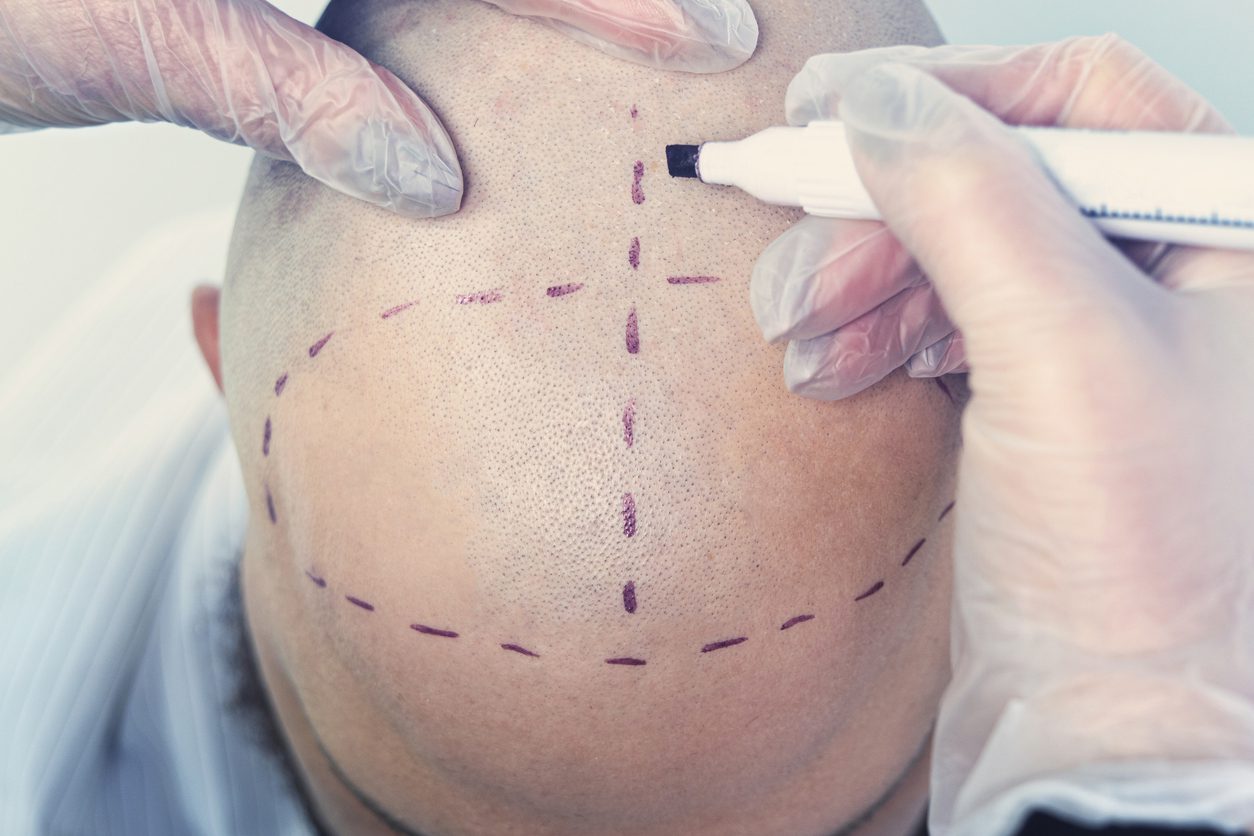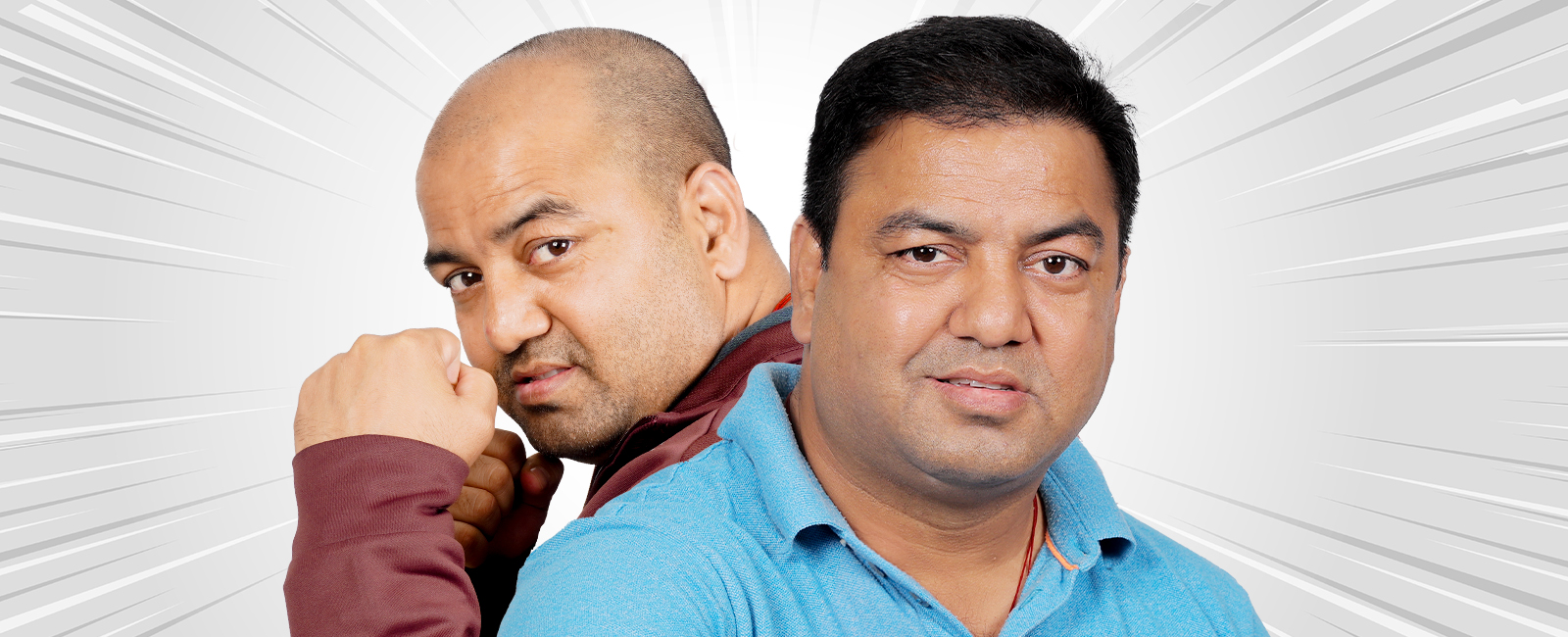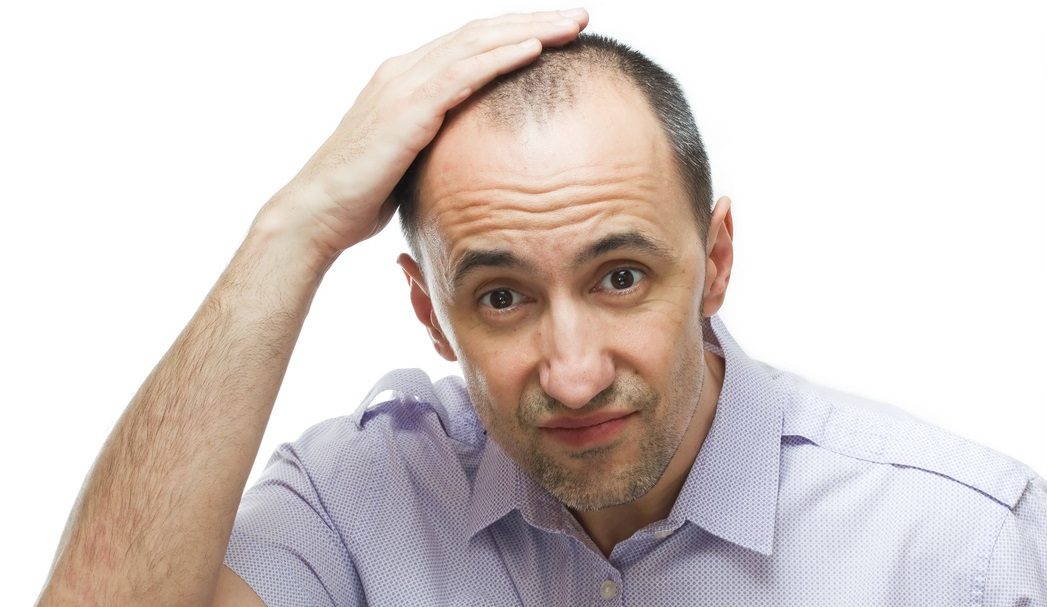Hair loss can be a distressing experience for both men and women, impacting self-confidence and overall well-being. Fortunately, advancements in technology and techniques have revolutionised the field of hair transplantation, offering more effective and natural-looking results. This article will explore some of the latest technology and techniques used in modern hair transplant clinics.
Follicular Unit Extraction (FUE):
Follicular Unit Extraction, or FUE, is a popular hair transplant technique that involves the extraction of individual hair follicles from the donor area and their transplantation to the recipient area. In FUE, a specialized punch tool is used to extract the follicles one by one, leaving tiny, dot-like scars that are virtually undetectable. This technique offers precise extraction and placement of follicles, resulting in natural-looking hair growth.
Robotic-Assisted Hair Transplantation:
Robotic-assisted hair transplantation has gained popularity in recent years due to its precision and efficiency. This advanced technology utilizes robotic systems to assist in the extraction and transplantation of hair follicles. With the help of artificial intelligence algorithms, the robot can identify and extract individual follicles with high accuracy, reducing the risk of human error. Robotic-assisted hair transplant technique ensures consistent results and minimises trauma to the donor area.
Platelet-Rich Plasma (PRP) Therapy:
Platelet-rich plasma (PRP) therapy is a non-surgical treatment that can complement hair transplantation procedures. PRP therapy involves the extraction of a patient’s blood, which is then processed to isolate the platelet-rich plasma. This concentrated plasma is then injected into the scalp to promote hair growth and improve the overall health of the hair follicles. PRP therapy has shown promising results in enhancing the success of hair transplant procedures and stimulating hair regrowth in individuals experiencing thinning hair.
Laser Therapy:
Laser therapy is another innovative technology used in hair transplant clinics to promote hair growth and prevent further hair loss. Low-level laser therapy (LLLT) involves the use of laser devices that emit a specific wavelength of light to stimulate the hair follicles. This helps to improve blood circulation, increase nutrient delivery to the follicles, and stimulate hair regrowth. Laser therapy is a non-invasive treatment that can be used as a standalone option or in combination with hair transplant procedures for optimal results.
Micrografting and Micro needling:
Micrografting and micro-needling techniques are used to create precise and natural-looking hairlines during hair transplantation. Micrografting involves the transplantation of tiny grafts that contain one to two hair follicles, allowing for precise placement and a more natural appearance. Microneedling, on the other hand, is a procedure that involves creating microchannels in the scalp using fine needles. This stimulates the production of collagen and increases the absorption of topical solutions, enhancing the effectiveness of hair growth treatments.
3D-Printed Hair Grafts:
The use of 3D printing technology has also made its way into the field of hair transplantation. 3D-printed hair grafts offer a customised and precise approach to hair transplantation. These grafts are created using a combination of biocompatible materials and living cells to mimic the natural structure of hair follicles. 3D-printed hair grafts provide a more tailored and natural-looking outcome, with improved control over the density and direction of hair growth.
Virtual Reality (VR) Simulation:
Virtual Reality (VR) simulation is a technology that is being used in some hair transplant clinics to provide patients with a preview of their potential results. VR simulation allows patients to visualise how they may look after the hair transplant procedure, helping them make informed decisions and manage their expectations. This technology enhances patient communication and engagement, ensuring a better understanding of the potential outcomes.
In conclusion, the latest technology and techniques used in hair transplant clinics have significantly improved the success and outcomes of hair restoration procedures. From advanced robotic-assisted transplantation to 3D-printed hair grafts and VR simulation, these innovations have made the process more precise, efficient, and customizable. If you are considering a hair transplant, it is important to consult with a reputable and experienced hair transplant clinic that utilises these modern technologies and techniques to achieve the best possible results. Remember, every individual’s hair loss condition is unique, and a personalised approach is crucial for achieving natural-looking and long-lasting results.





